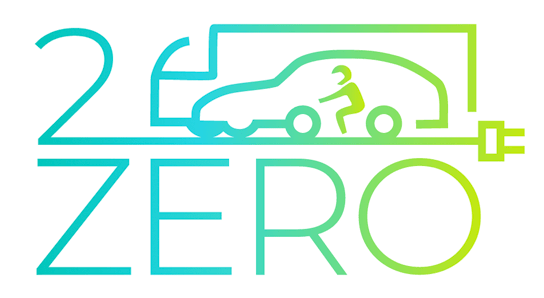FABRIC
FeAsiBility analysis and development of on-Road charging solutions for future electric vehiCles

- Framework: FP7
- Status: Ongoing
- Category: Electrification (FEV/PHEV)
- End Date: 31/12/2017
- Vehicles: Passenger cars, Trucks, and Delivery vans
- Website: http://www.fabric-project.eu/
FABRIC responds to the need to assess the potential and feasibility of a more extensive integration of electric vehicles in the mobility and transportation system, focusing primarily on dynamic wireless charging which would allow practically all of the drawbacks of on-board battery pack to be avoided. Advanced solutions, conceived to enable full integration in the grid and road infrastructure within urban- and extra-urban environments for a wide range of future electric vehicles, will be implemented as prototypes and tested. Each key issue will be assessed directly and comprehensively, providing insights through experimental evaluations into the relevant technologies, investigating the present and future opportunities for such solutions, and identifying the future trends and requirements for research and development.
Technical Approach:
- Assessment of the feasibility to apply and modify existing prototypes of wireless charging solutions.
- Identification of technological and user requirements for a complete on-road charging system, such as cost, safety, transferable power, range and efficiency, from the point of view of different user groups and stakeholders.
- Perform a comprehensive impact assessment.
Expected Achievements:
- Select, develop and test ICT solutions to optimize EV recharging efficiency.
- Develop, select and test the most promising dynamic wireless charging solutions for EVs.
- Verification and validation of the EV charging solutions in test sites located in France, Italy and Sweden.
- Feasibility analysis and assessment of impacts of the selected on-road charging options related to scaling up beyond the test track size.
- The central question is: “what are the consequences of deploying the technology that is tested and demonstrated on the test tracks at a scale that substantially impacts society?
